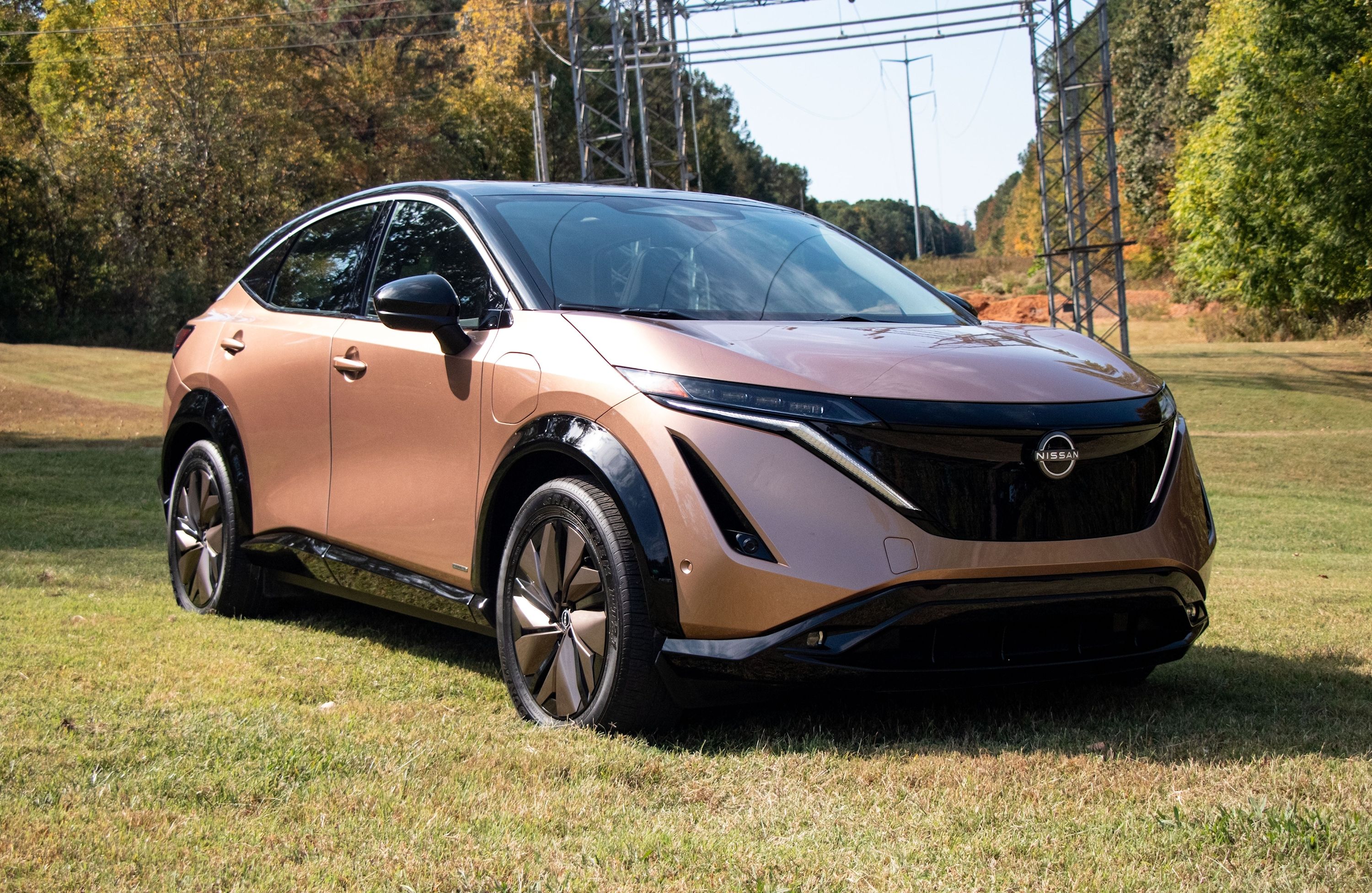
We recently got the news that adventurer Chris Ramsey would be taking a Nissan Ariya from the Magnetic North Pole in the uppermost regions of Canada to the South Pole, in Antarctica. This is an expedition that has never been undertaken by any car, let alone an electric one, so should Ramsey be worried? Well, he has some experience piloting EVs in tricky terrain. What's more, the Ariya will be no ordinary EV. For a start, the top trim will have an innovative e-4ORCE AWD system and enough juice to generate 388 horsepower and 443 lb-ft of torque. That's all good and well, but surely there must be some concerns with taking an EV from one end of the globe to the other, right? We sat down with Ramsey to find out.
From the minute we start speaking, it's clear that Chris has a passion for both the environment and the Nissan brand. His transportation of choice for many years has been the Nissan Leaf, and it has served him well, but whose idea was the expedition, which kicks off in March 2023?
Chris himself came up with the idea and has been planning this for years, with the support of his adventurer wife, who may end up joining him as co-driver on this epic trip. The finer details are still to be buttoned up, but Chris says that he has numerous "technological partners" who will be helping to make this adventure possible.
We already know that the Ariya he will be using will be enhanced by Arctic Trucks with larger wheels and tires, with the bodywork altered to accommodate the larger rollers. The early design sketches also reveal an LED light bar and, as Chris reminds us, a skid plate to protect the underbody, but that's it. The Ariya will not require any changes to the drivetrain or power unit, and Chris does not anticipate too many challenges from thermal management issues. Again, this trip will shine a light on the climate crisis, but it will also highlight just how capable the Ariya is off the floor. Remember, his modified machine will be supported by a totally stock Ariya.
We also asked the man how long the trip would take. Keep in mind, "This is not a race," says Chris. There is no exact daily average mileage goal. Instead, the Ariya will be visiting numerous non-profit organizations on its trek south. These stops will allow Chris to show the world what small communities are doing to combat climate change and lessen their impact on the environment. In addition, Chris noted that traversing the Andes mountain range will be a particular challenge due to the treacherous paths that must be taken to cross it. That said, the goal is to reach the end of the journey "in December 2023," as this is when the weather conditions in Antarctica are at their least hostile. Naturally, it will still be a scary trip.
But now for a critical question: how will the Ariya be charged on this journey? For a start, the team will have its own "mini-grid" that will use renewable sources of energy, including wind, to generate power in the most remote areas. This will especially come in handy in Antarctica. Remember, this expedition needs to "leave nothing behind" and have a minimal impact on the local environment or it will be rather counterintuitive.
In addition, although charging stations do not litter every small town along the route, Chris says it would certainly be possible for you to buy an Ariya (when it goes on sale) and head out. He wants people to know that you "can use an EV in everyday life and rely on it" on longer, more hazardous journeys too. There are more places to charge than you may think, and the Ariya's (estimated) range of around 300 miles will be enough for you to make your own cross-country (or intercontinental) trips without much inconvenience.
Speaking of inconvenience, the idea to use an EV is actually an inspired one. While celebrated explorers like Sir Ranulph Fiennes famously preferred rugged, old-school vehicles like the Land Rover Defender, these sorts of vehicles have more drawbacks than you may realize. Old Landys are known for mechanical reliability issues but in the Ariya (and other EVs, for that matter), you have very few moving parts, which means "less can go wrong," notes Chris. What's more, while combustion-powered engines suffer from air starvation at high altitudes, as in the Andean Mountains, an EV's performance can be repeated over and over, no matter the height above sea level. The Ariya's instantly available torque will also surely serve Chris well when clambering over rocks, trudging through mud, or skating on ice.
We wish Chris and his crew the best of luck as the final preparations are ironed out and look forward to welcoming him back to civilization as a true trailblazer. His name will forever be etched in the annals of history, but this is not about fame. This is about preserving the only blue orb in the galaxy capable of sustaining life. It's about proving that an EV can work repeatably and reliably, even in the most unlikely environments, no matter how ambitious the journey. If you'd like to follow the progress of this remarkable journey, you can follow @PoletoPoleEV on Twitter and Instagram, or via the website: www.poletopoleev.com.
